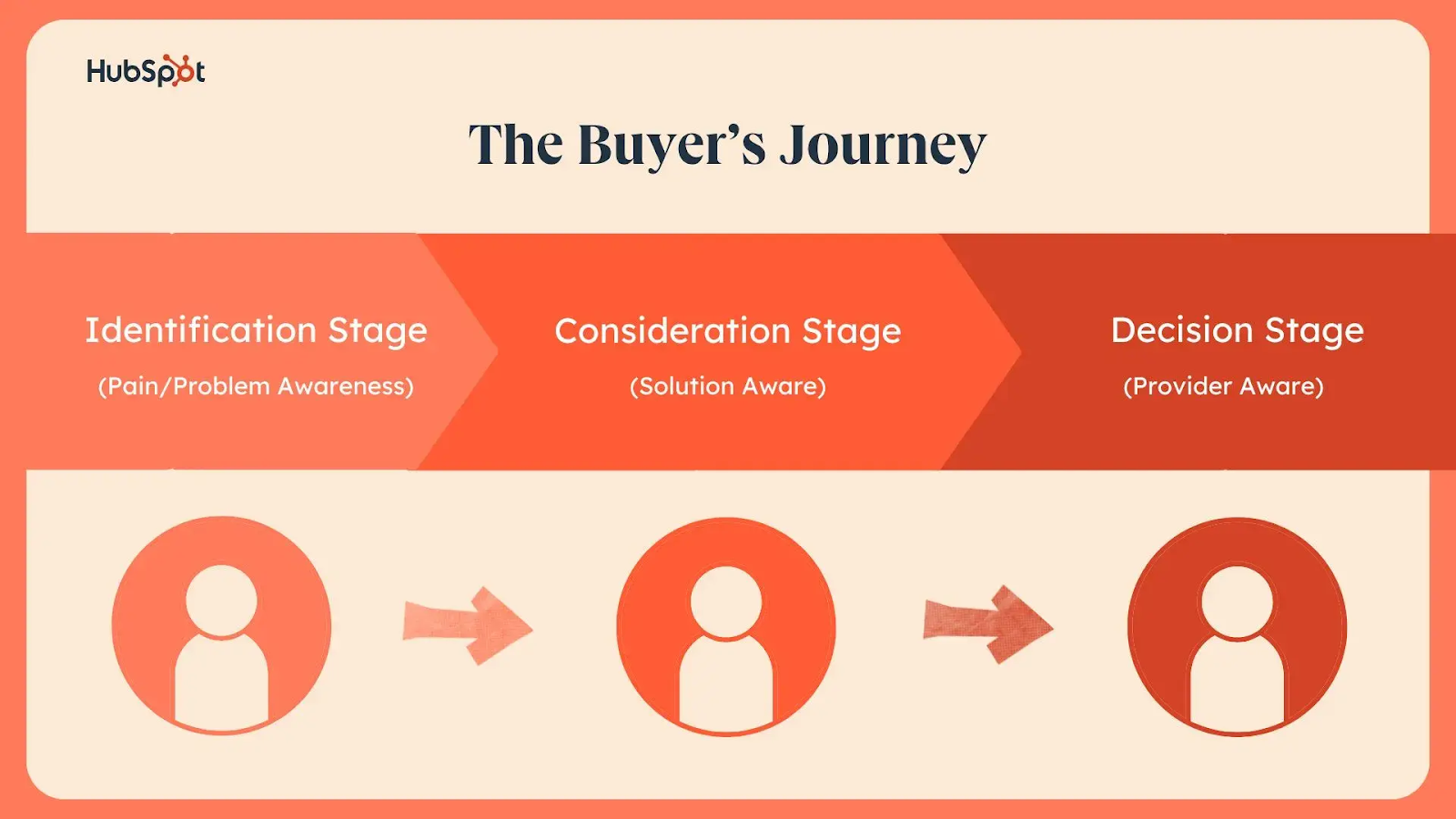Effective Content Marketing for SaaS Businesses
In the SaaS industry, the product is intangible, the competition is global, and the buying process is highly research-driven. Customers rarely make purchasing decisions on impulse. They compare multiple options and look for evidence that a solution will solve their exact problem.
Well-executed content marketing for SaaS attracts qualified prospects and nurtures them through a long sales cycle. For subscription-based models, it plays an ongoing role in reducing churn, encouraging adoption, and expanding customer accounts. The following strategies outline how SaaS businesses can use content marketing to increase visibility, build authority, and drive sustainable growth.
Quick Takeaways
- Map content to roles and stages across the SaaS journey.
- Lead with practitioner guidance and real outcomes.
- Build topical authority with layered SEO and internal linking.
- Invest in onboarding and education to protect retention.
- Measure against business goals and iterate on a fixed cadence.
1. Understand the SaaS Buyer Journey
SaaS purchases involve multiple stakeholders. Each person arrives with different questions and risk concerns. Start by documenting the journey for your ideal customer profile and for the roles within an account. Define the information each role needs at awareness, consideration, and decision.

For example, product leaders want proof of feasibility and integration notes earlier than finance, while security teams seek documentation before a final review. Build a content matrix that assigns topics and formats to each stage, then confirm sequencing with sales and customer success.
2. Set a Clear Strategy and Editorial Guardrails
Content earns results when it supports a focused goal. Choose a small set of outcomes such as pipeline creation for a priority segment, expansion within current accounts, or activation for new users.
Establish editorial guardrails to keep the program coherent: messaging pillars, voice and tone, claims you will substantiate, and topics you will avoid. Tie each pillar to a product outcome your platform delivers. A concise strategy prevents scattered efforts and helps your team say no to content that pulls attention away from revenue goals.
3. Build Educational, Practitioner-First Content
SaaS buyers reward brands that teach. Lead with practical guidance that addresses workflows, change management, and measurable outcomes. Favor formats that reveal how to achieve a result:
- Step-by-step guides
- Checklists
- Implementation templates
- Teardown posts of real use cases
Reserve product talk for moments when it clarifies how to execute the method. When subject matter experts contribute directly, your authority grows and your content earns shares inside buying committees. Pair every new asset with a short executive brief so champions can circulate it during internal reviews.
4. Use SEO to Capture Intent and Establish Topical Authority
Search remains the most reliable source of qualified interest for SaaS. Target three layers of intent.
First, own high-intent solution queries that mention category terms and alternatives. Second, cover adjacent operational problems that lead to your use cases. Third, invest in deep technical content for evaluators who compare architectures and integration paths.
Build pillar pages that frame a topic and cluster them with supporting articles that answer granular questions. Optimize for speed, internal linking, and structured data so search engines understand relationships across your content. Refresh top performers on a schedule to hold positions on competitive terms.
5. Support the Entire Customer Lifecycle, Not Only Acquisition
Unlike one-time purchase models, SaaS success depends on retention and expansion. Content marketing should support customers beyond the initial sale.
- Onboarding: Step-by-step tutorials, video walkthroughs, and email sequences to help users get started quickly.
- Adoption: Best-practice guides, feature highlights, and productivity tips to encourage ongoing use.
- Retention: Advanced training, customer-only webinars, and community forums to deepen engagement.
By mapping the entire customer journey, businesses can see how engagement continues long after the first purchase. A hybrid sales outsourcing model supports each of these stages. It combines in-house teams for relationship-driven activities with outsourced specialists for scalable outreach, re-engagement campaigns, and loyalty-building initiatives.
6. Prove Value with Social Proof and Economic Outcomes
Decision makers ask two questions: will this work, and will it pay off. Answer both with credible social proof. Build case studies that quantify time saved, accuracy gained, or risk reduced, and show the steps the customer followed to get there. Add brief “proof points” to educational posts so readers see outcomes in context.
Use short testimonial clips in channels where video performs well, and host a library of reference quotes that sales can insert into proposals. When possible, include the economic reasoning that ties product capabilities to cost or revenue impact.
7. Distribute with a Repeatable Promotion Engine
Great content underperforms without distribution. Create a simple, repeatable plan for every asset. Turn long pieces into multiple short executions for social, newsletters, and communities. Pitch relevant posts to partner ecosystems and industry newsletters. Encourage product leaders and sellers to share targeted assets with their networks and accounts.
Use paid amplification for a few cornerstone pieces that anchor your narrative, then retarget engaged readers with deeper content or event invitations. Repurpose top webinars into trimmed on-demand sessions, clips, and companion summaries to meet people where they prefer to learn.
8. Enable Sales with Content Built for Conversations
Strong enablement closes gaps between research and purchase. Pair public content with internal notes that explain when to use it, which objections it addresses, and how to follow up. Provide competitive one-pagers, ROI calculators, and short email snippets tied to specific personas.
Record brief walkthrough videos that show reps how to position a new guide or case study inside a multithreaded account. When marketing and sales review usage and win outcomes together, you can retire assets that stall conversations and double down on pieces that move deals forward.
9. Instrument, Measure, and Improve
Define a small measurement set that reflects your goals. For acquisition, track qualified organic sessions to key pages, demo or trial conversions from content, and assisted pipeline. For lifecycle, monitor activation, feature adoption influenced by education, and renewal health for accounts engaged with customer content. Review cohort performance monthly and run controlled tests on headlines, calls-to-action, and page layouts.
Maintain a content backlog ranked by potential impact and effort so the team always knows the next best move. When an asset reaches diminishing returns, update it with new data, fresh examples, or improved structure to regain momentum.
10. Organize for Consistency and Speed
Results compound when your team can deliver on schedule. Establish a light content operations rhythm: quarterly planning, monthly priority review, and weekly standups to remove blockers. Use a shared brief template, a handoff checklist for design and web, and a defined publication process for SEO and analytics.
Keep a living style guide and an approvals path that protects quality without slowing output. Consistency builds audience trust, helps search engines recognize depth, and gives sales and success teams confidence that new, relevant content will arrive when they need it.
Drive Sustainable SaaS Growth with Televerde
Content marketing for SaaS works when it aligns with revenue goals, teaches real practices, captures intent, and supports customers after the sale. With a clear strategy, disciplined distribution, and steady optimization, your program becomes a reliable engine for pipeline, adoption, and expansion.
Ready to turn content into a growth engine? Televerde’s demand generation solutions combine strategy, data, and experienced execution to help SaaS teams attract, convert, and retain high-value customers. Contact us to get started.


